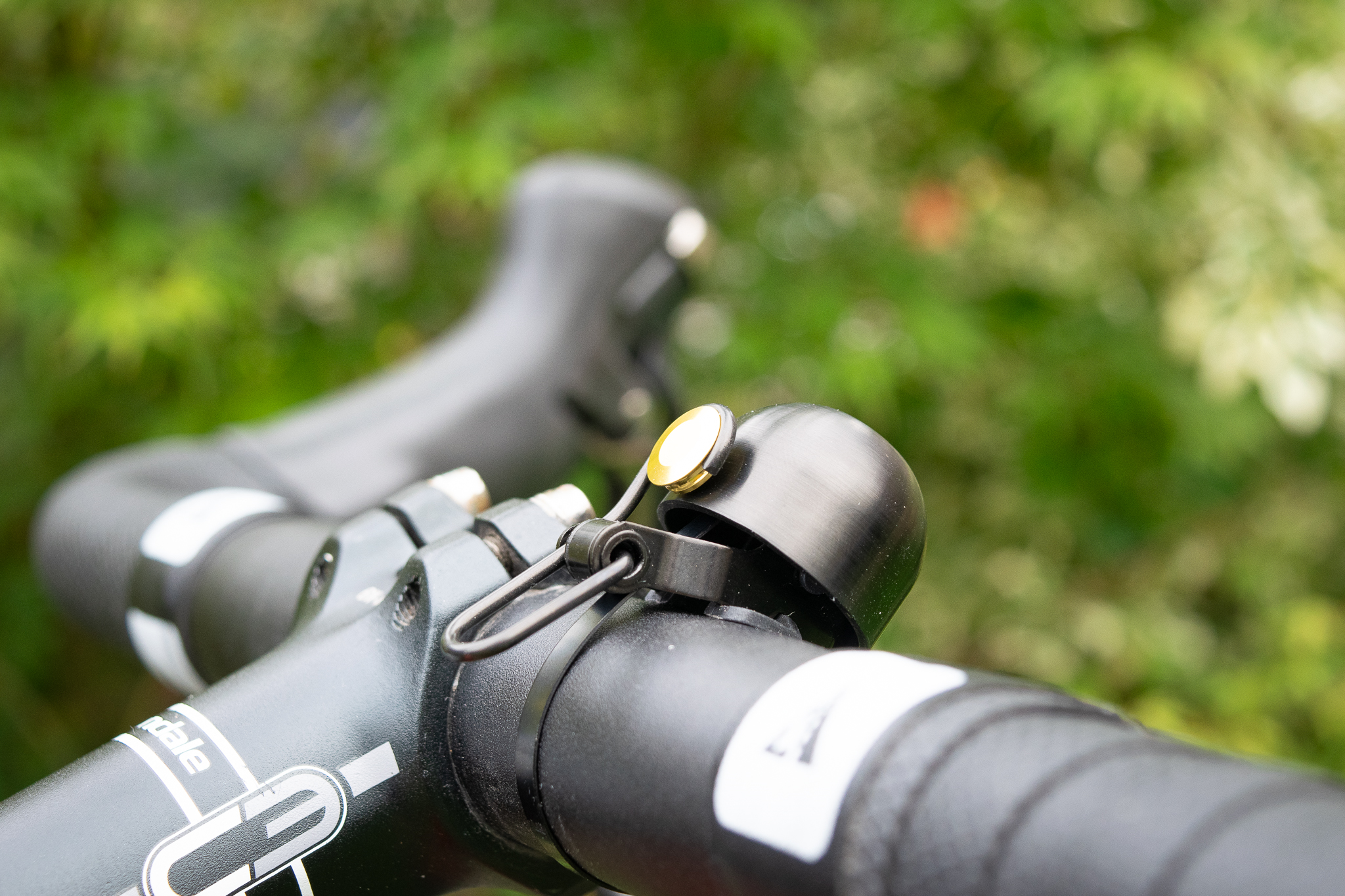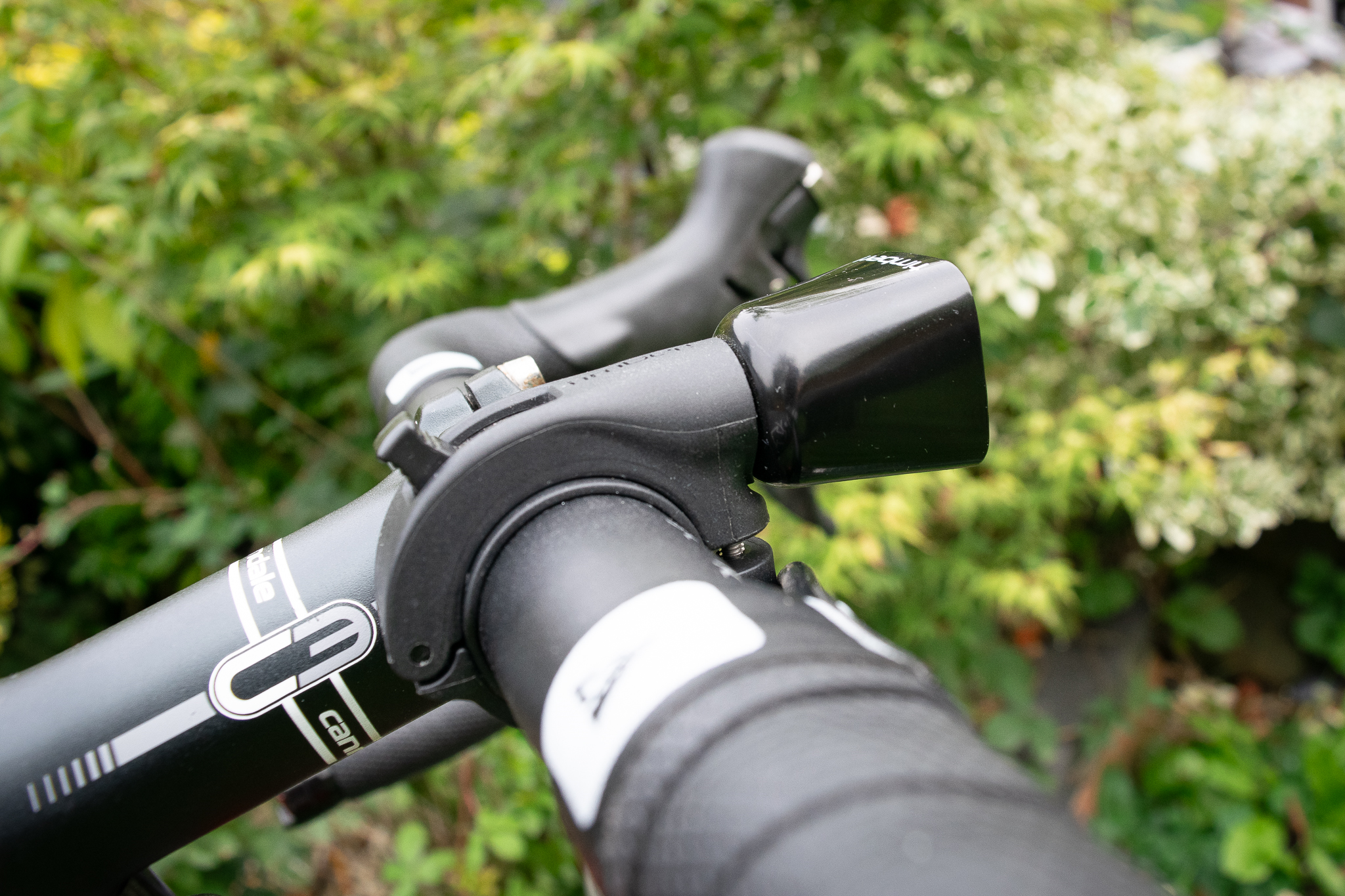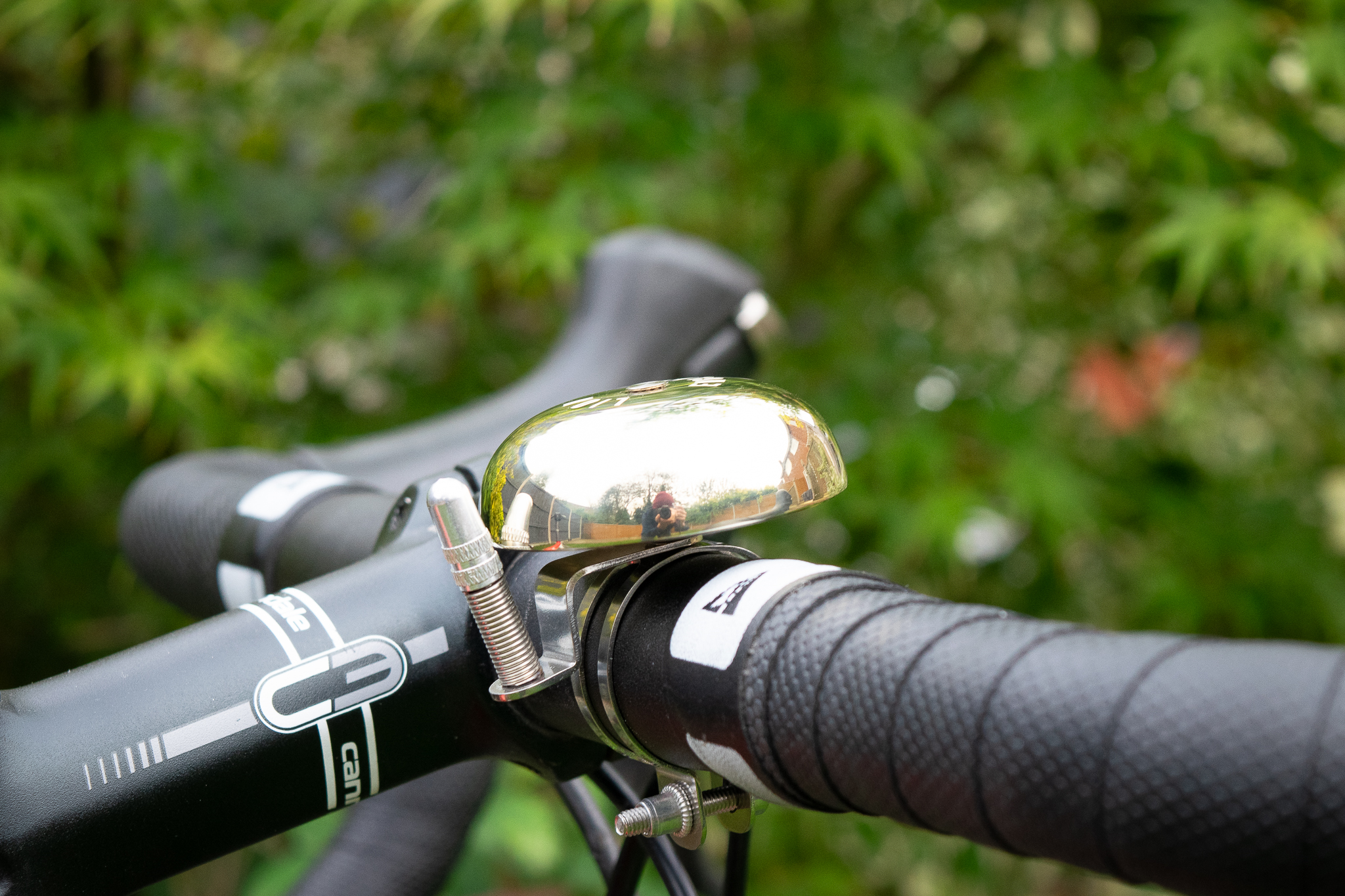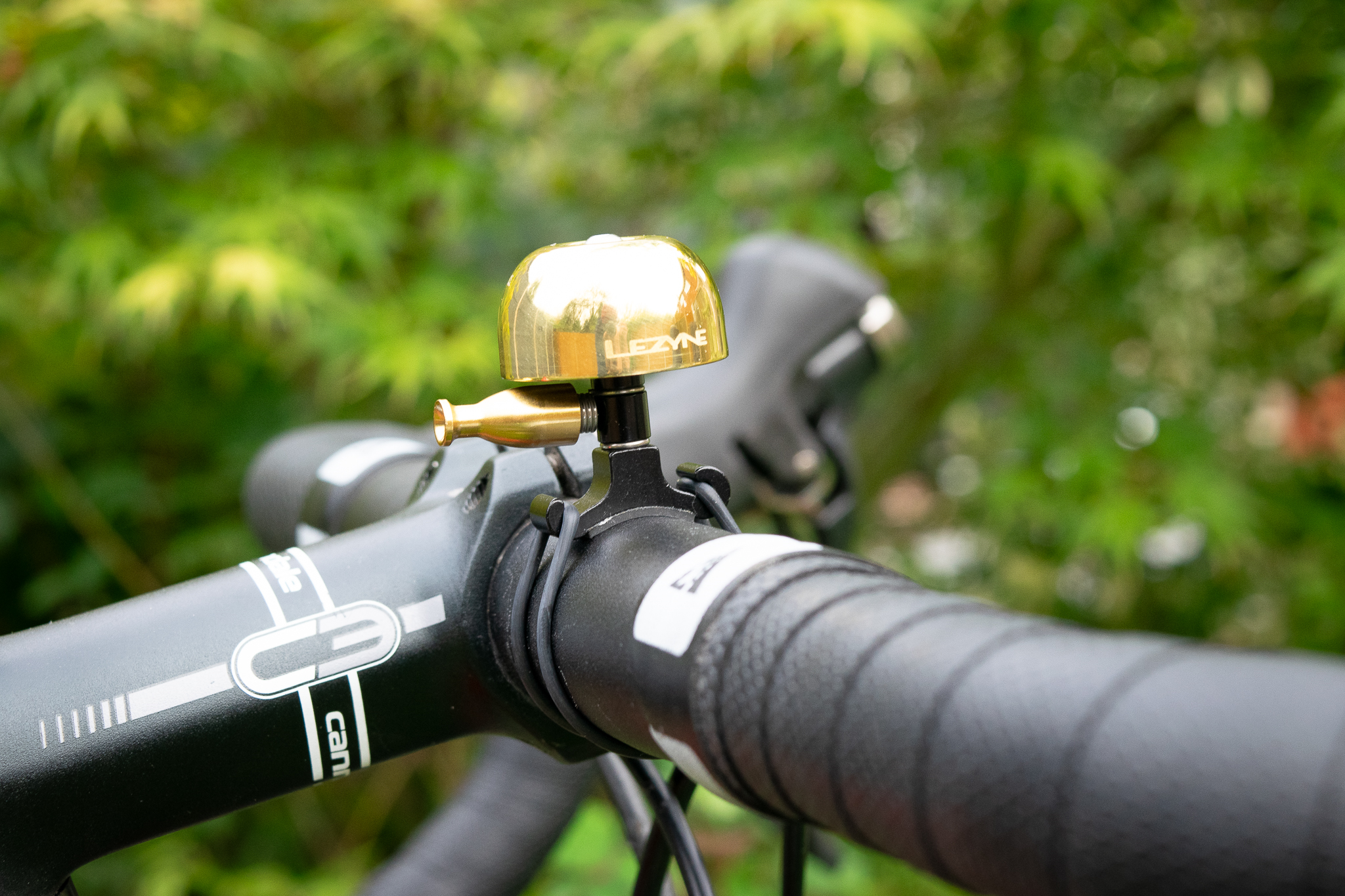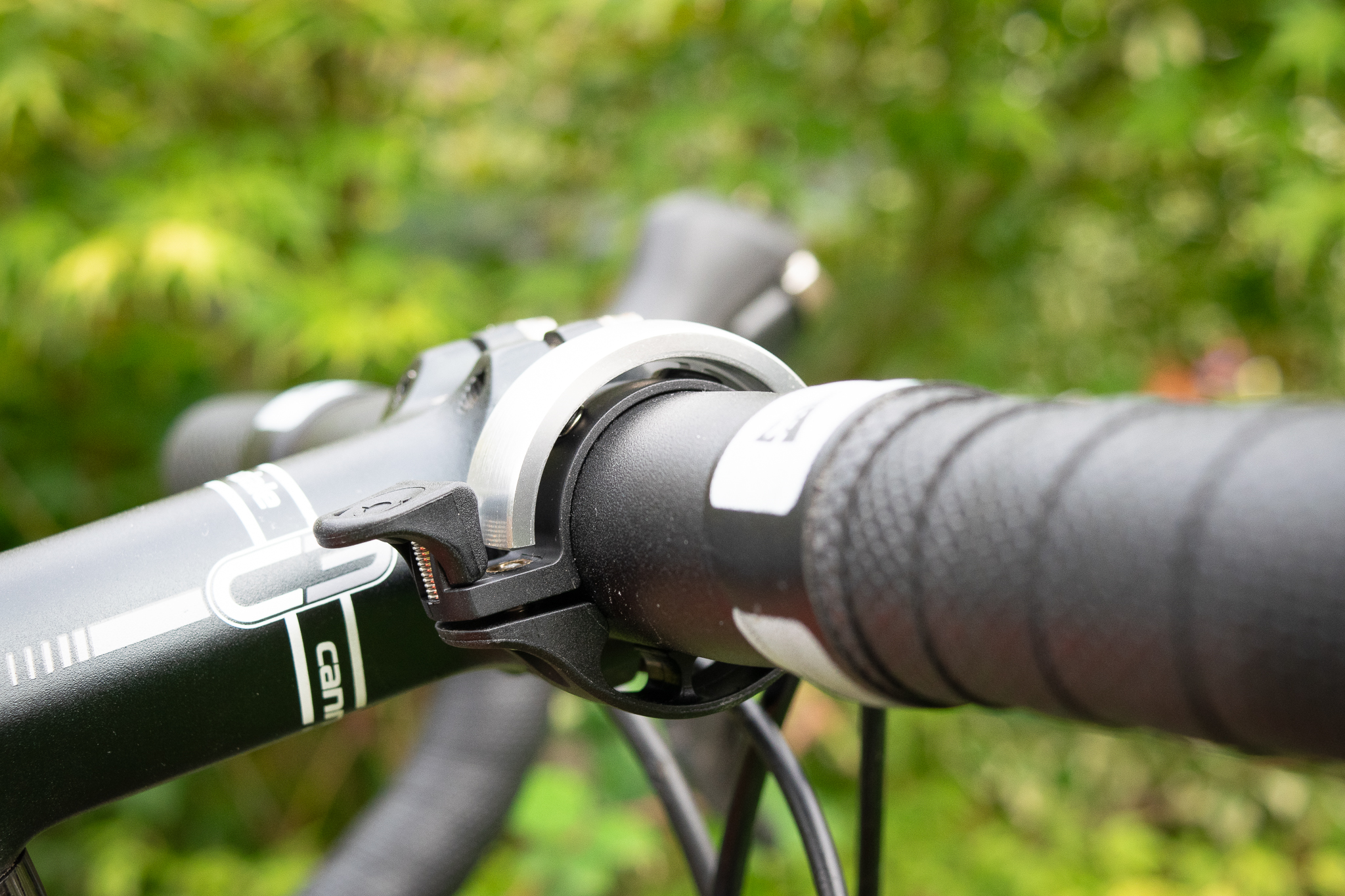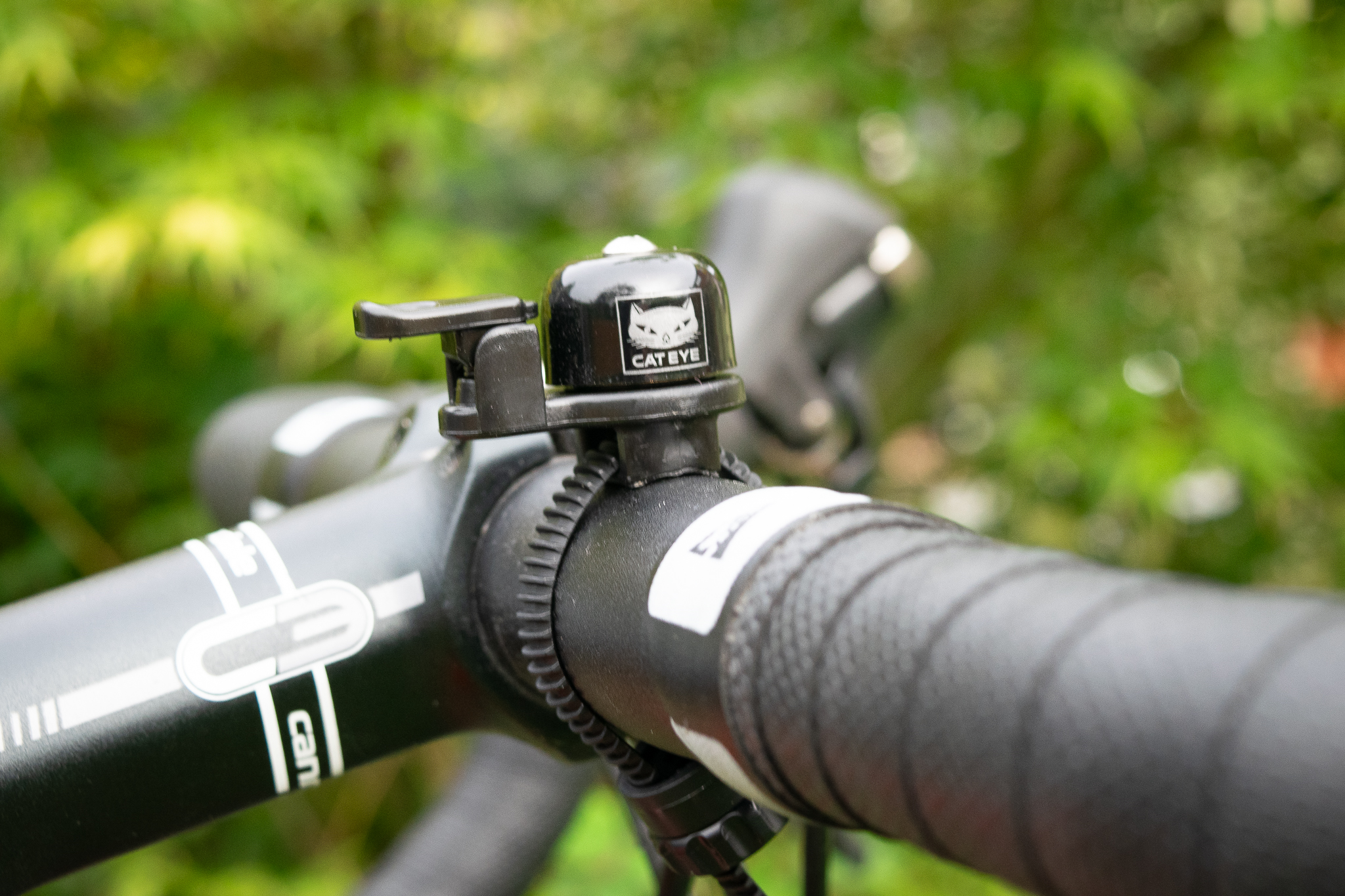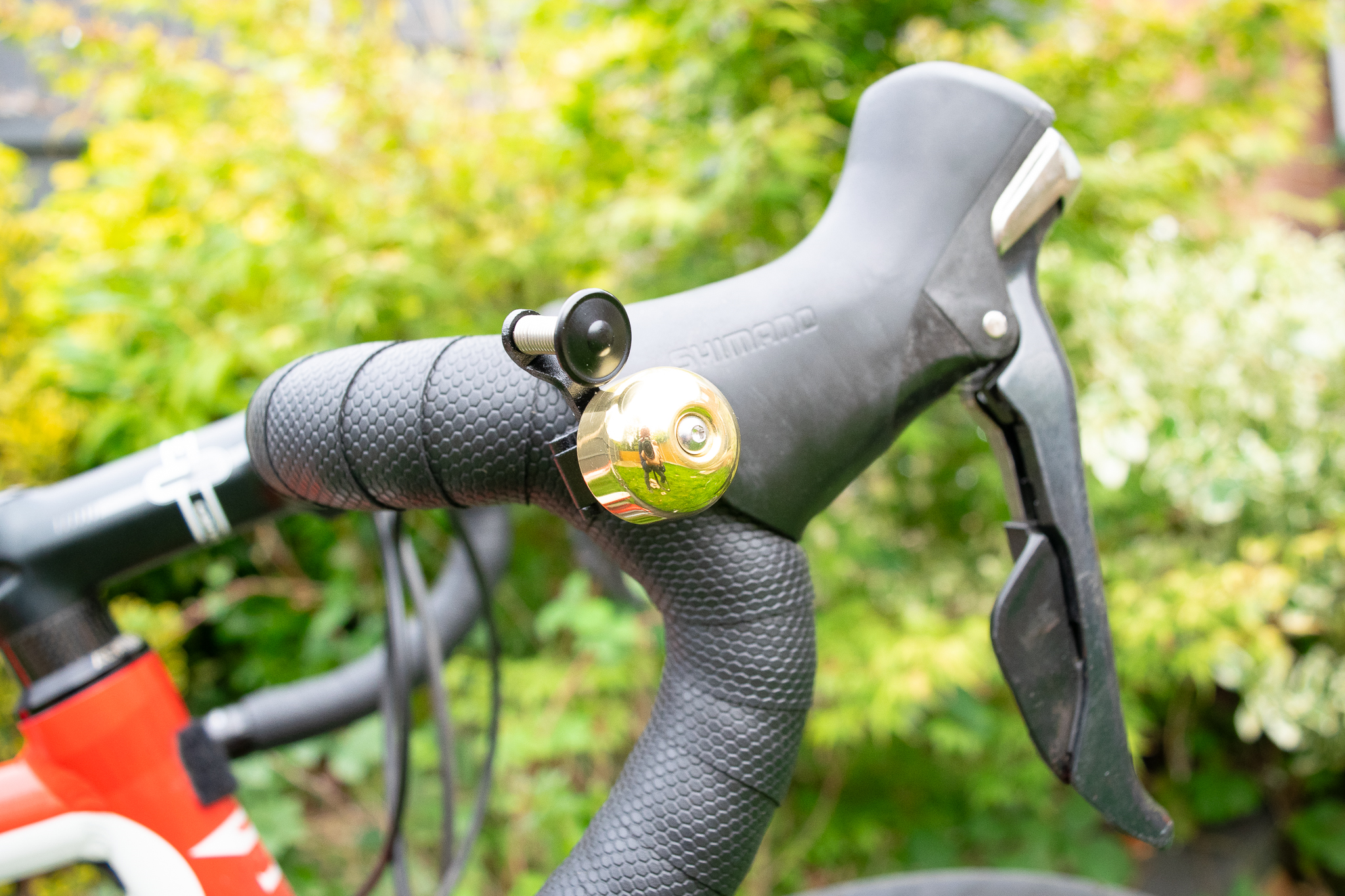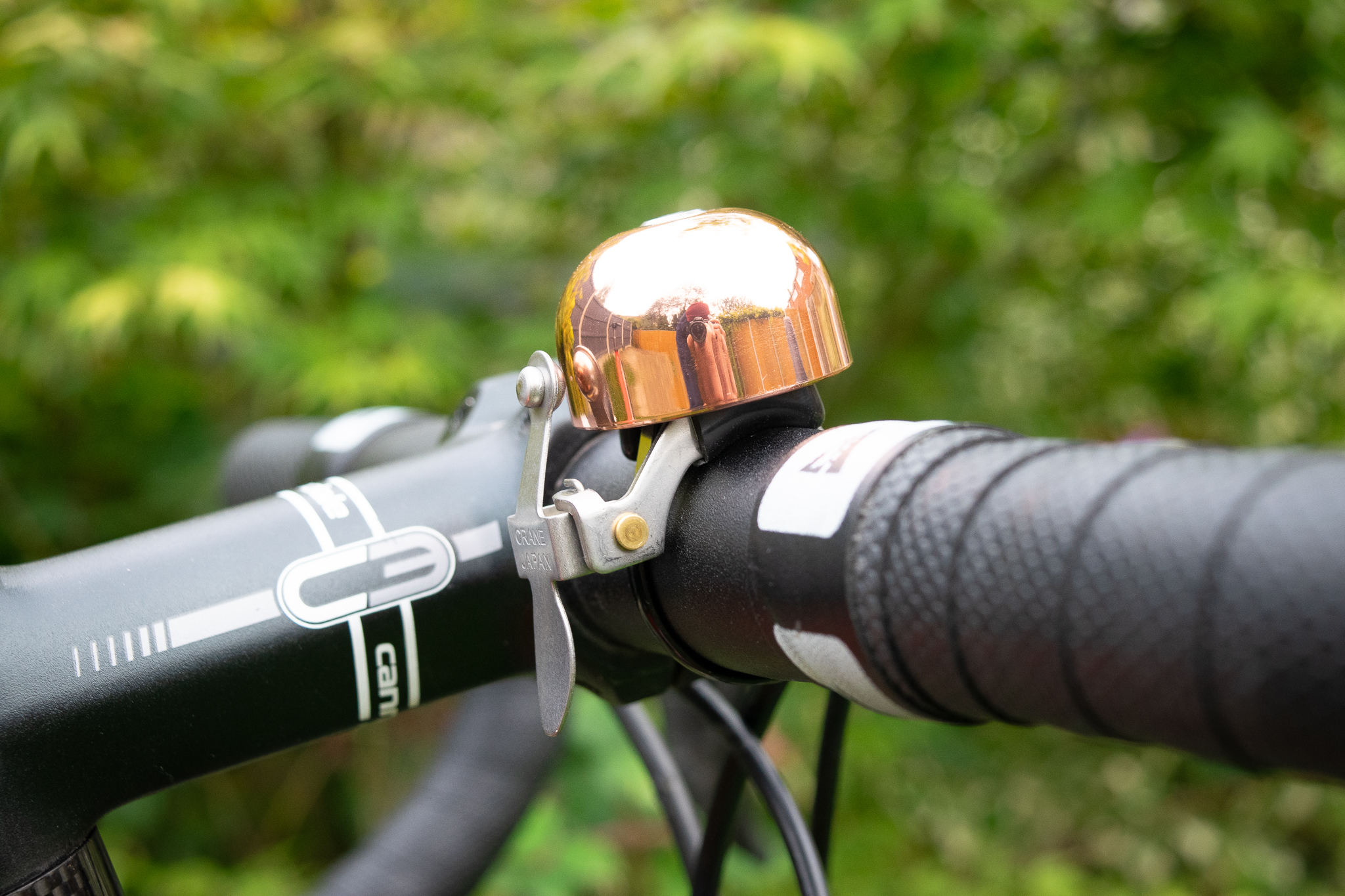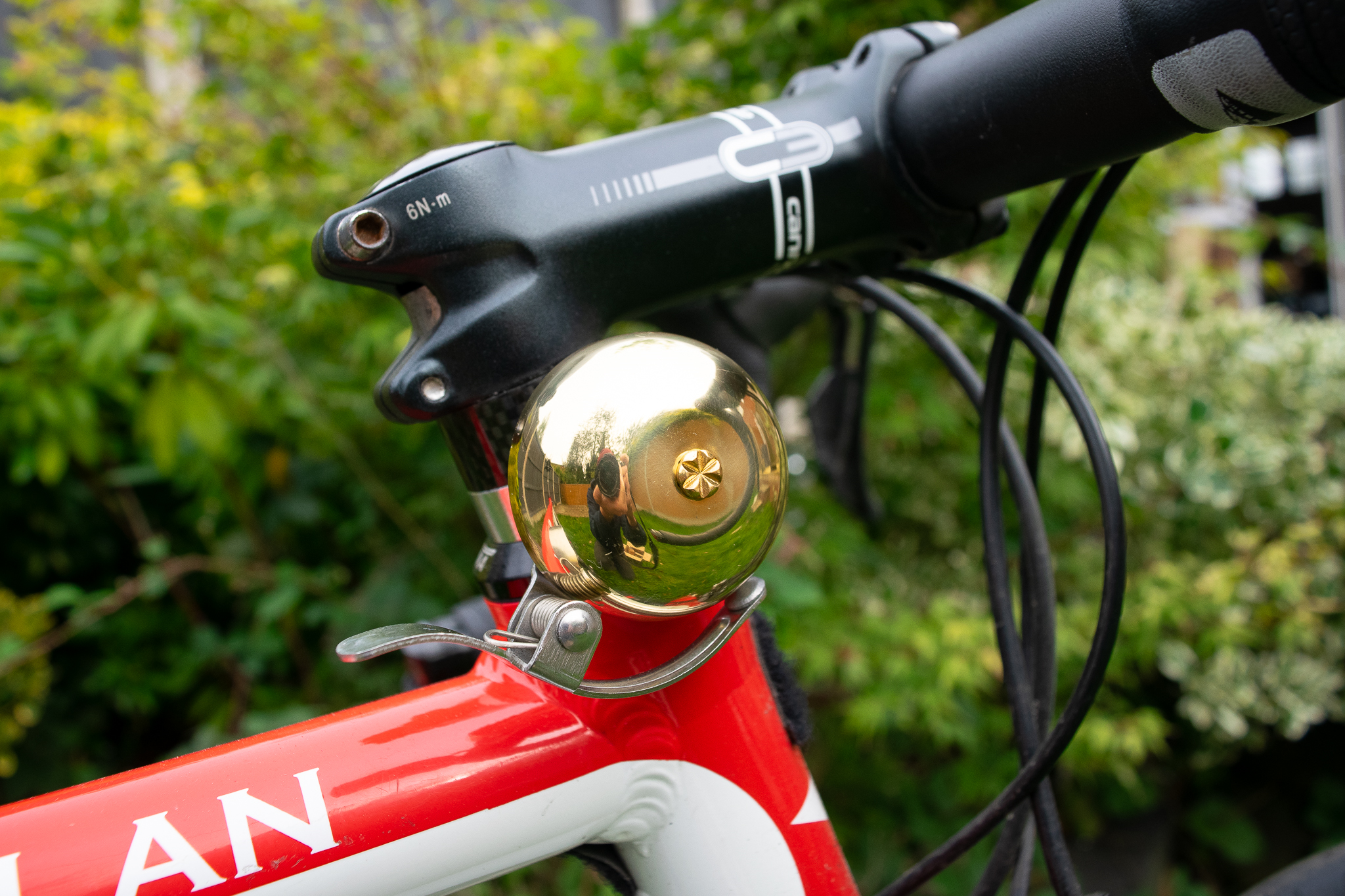Best bike bells: Safety and style on the bike
Help keep yourself and others safe with one of the best bike bells
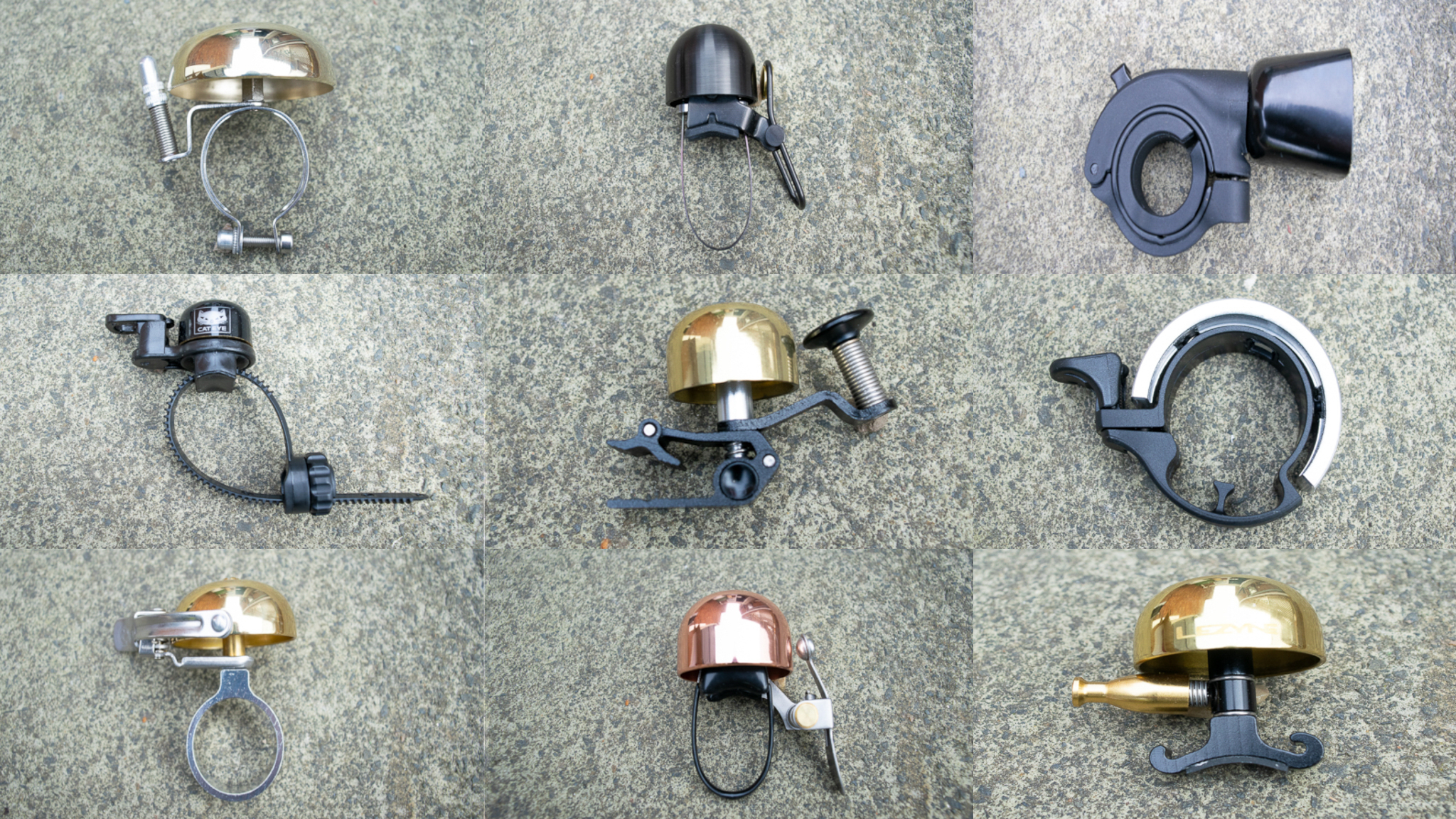
The humble bicycle bell is generally acknowledged to have been invented by John Richard Dedicoat in my home city of Birmingham, UK, back in the late 1800's. On the whole, the bell's design has remained largely the same for the last century or so.
The need for cyclists to alert other road users and pedestrians of their presence to ensure the safety of all has long been present, and that's exactly the reason cyclists fit and use bike bells. They provide an easy, convenient noise to alert people around us of our presence when passing by on a bike. The friendly sound of a bell may help warn a pedestrian we are approaching or let another rider know we are passing. Long story short, they can help keep us safe when getting around by bike.
We have a range of bells in this guide to choose from, from classics through to cleverly designed, discreet units, big and small, but all loud enough to alert. Bells can be a stylish commuter accessory as well as a safety feature. Pick one you like the look of and use it, it will help keep you and others safe whilst looking stylish at the same time.
You can listen to the sound of each bell in our guide to help you choose the one you like best! There are also a few sizing and fitment points to consider, so we've gone into detail on these in the how to choose section at the bottom of the page.
Best bike bells
The compact and stylish Spurcycle bell is made in the USA and comes with a guarantee for life. It uses a brass alloy dome and an aluminium hammer in a small package. The Spurcycle comes with two metal mounting loops that tighten down meaning the bell will fit most handlebars.
The Timber Model Yew bell uses a 'clapper ringer' system and will make noise when you ride over rougher ground. It's going to be better suited to off-road use and will alert riders you are behind them. It also uses a slider to turn the bell on and off so you can silence it. All parts are also replaceable.
The Knog Oi classic uses a popular circular design that blends in well on a round handlebar if you want a discreet look. It's a quality bell and rings at a claimed 80 decibels, which is pretty loud! The Classic comes in four colour options and two diameter sizes.
The Cateye OH 2400 is one of the smallest bells here alongside the Lezyne option and uses a plastic dial to wind down onto handlebars. this means it will readily fit a whole host of bar sizes. It has a quieter, happy sound and would probably suit quieter cycling routes over city-centre bustle.
If you want to install a bell in a tight spot or in an unusual way the Upgrade mini bell may be the right choice. Turning the bell itself tightens it down and the clip style fitting opens up to a max width of about 15mm. You can attach it to a computer mount, shifter hood, or light mount etc.
The Crane E Ne from Japan is a really stylish bell with an attractive hammer design. It mounts with a vinyl-dipped stainless steel band and can be mounted in a vertical or horizontal position. The bell will fit 22.2mm to 31.8mm handlebars. There are also some beautiful hand-painted options to choose from too.
The brilliantly named Alexander Graham from Portland Design Works is designed to replace a 10mm / 1 1/8" spacer on your headset stack. So it's ideal if you want a cleaner, integrated look. There are different spacer and dome colour options to choose from too.
How to choose
Is it illegal to ride a bike without a bell?
In the UK, the highway code states "you should fit a bell to your cycle". We take this to mean it isn't the law and that whilst advisable you are within your own rights to not ride with a bell fitted.
In the US, it is not illegal to ride a bike without a bell fitted. But some states have their own specific policies on riding with a bell. It's best to check the ruling in the state you live in if your not sure.
In Europe, it's not illegal to ride a bike without a bell fitted, though it may be worth checking how things work in a particular country if you're not sure how things are enforced.
How do I know what size my handlebars are?
Lots of road handlebars, as well as flat bars, will be marked with the diameter of the handlebar somewhere around the middle of the bar. A typical road bike size is 31.8mm for instance. If you're unsure, look up the model name and find out the size online, pop into your local bike shop where they can measure up or use a digital caliper or Vernier gauge to measure yourself.
Where should I put my bell?
Wherever you like really. It's common sense to have the bell mounted somewhere in easy reach, where you can still maintain maximum control of the bike and on your dominant-hand side.
Some bells will fit on the bare metal handlebar, some will fit over handlebar tape too or onto an existing accessory; it will depend on the bell mount size and system.
The choice is yours, play around and see what you prefer, you can change it anytime if you want something different. Just make sure the bell in no way impedes your ability to brake and bring the bike to a safe stop.
As most bells will be mounted near your hand position, they shouldn't get in the way of your bike computer. Saying that, it's worth considering what other accessories you mount on the handlebars and remember to leave space for your bike lights or handlebar bag.
How loud should my bike bell be?
Depending on where you’re riding, you could need a friendly bell that’s just a reminder or a horn that alerts others to your presence. Either way, you’re going to want a bell that fits the location. In other words, don’t bring a 90db horn on a quiet bike path or you’ll end up scaring a lot of people, but a quiet ding will be unheard in the noise of a busy city. Of course, if you’re shredding mountain bike trails or riding through city traffic, a loud noise is exactly what you need.
Do I want my bell to be hidden or on show?
Do you want to hide your bike bell, or make it known? A few of the above bells stand out like a beacon; colourful orbs slapped on top of our handlebars. Others are slim and sleek, and fit right under or on top of the bars, and if you route your cables a certain way, it would be very hard to spot them. Casual commuters won’t mind the look of a bike bell, but others will want to keep it hidden on their local bunch ride.
Also, be aware that a status symbol bell might attract a thief, so be careful if you're locking your bike up and try to use one of the best bike locks away from home and maybe consider something cheaper or a bell that's easily removable and that you can take with you, like the Lezyne.
Do I need to consider handlebar diameter?
Before making your final decision, make sure the bell you want fits on your bike’s handlebars. The bells and horns on this list all fit standard handlebars, but some are more limited than others and some like the Knog come in multiple sizes. If you’re shopping for a kid’s bike, make sure the mount is small enough to fit safely around their handlebars.
How durable are the best bike bells?
Bike bells can be cheap – less than £10/$10 as we’ve seen – but that means that some of them are replaceable. A cheap bell will not be made from top-quality materials, so it won’t last as long if you’re using it for daily commutes in the rain. Plastic parts may also become brittle and break over time. A more expensive bell made from steel or brass, for example, will cost a bit more upfront, but will likely last you a long time. If you’re shopping for kids, opt for the cheaper bell in case they break it.
The latest race content, interviews, features, reviews and expert buying guides, direct to your inbox!

Tom joined the Cyclingnews team in late 2022 as a tech writer. Despite having a degree in English Literature he has spent his entire working life in the cycling industry in one form or another. He has over 10 years of experience as a qualified mechanic, with the last five years before joining Cyclingnews being spent running an independent workshop. This means he is just as happy tinkering away in the garage as he is out on the road bike, and he isn’t afraid to pull a bike apart or get hands-on with it when testing to really see what it’s made of.
He has ridden and raced bikes from an early age up to a national level on the road and track, and has ridden and competed in most disciplines. He has a keen eye for pro-team tech and enjoys spotting new or interesting components in the wild. During his time at Cyclingnews, Tom has already interviewed some of the sport's biggest names including Mathieu van der Poel, Tadej Pogačar and Alberto Contador. He's also covered various launches from brands such as Pinarello, Ridley, Specialized and more, tackled the Roubaix Challenge sportive aboard his own rim-brake Cannondale SuperSix Evo, tested over 20 aero helmets in the wind tunnel, and has created helpful in-depth buying advice relating to countless categories from torque wrenches to winter clothing.
